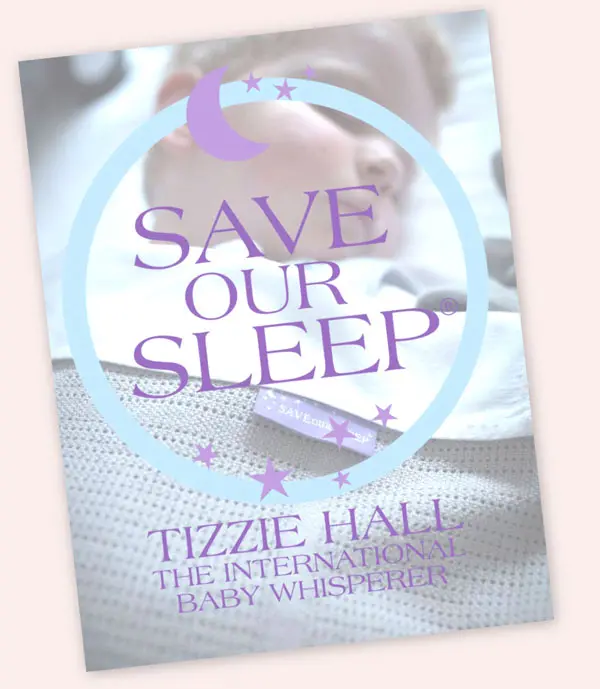The dreaded croup, it normally makes its first appearance in the middle of the night which can often terrify parents and leave them panicking with no idea what to do or how to help their little one.
Croup is a common childhood virus which affects the larynx and trachea, is well-known for its sudden onset of a bark-like cough in young children. In adults we would call it laryngitis, but in babies and children the inflammation can swell the windpipe, making it difficult to breathe.
Croup is more common in children between six months and three years old, although it can affect older children, and most often occurs in autumn and winter. Typically it’s due to a mild upper respiratory tract infection caused by a variety of viruses.
If your baby has croup, you’ll know. Your baby will either wake at night or during the day with a sudden coughing that sounds like a dog barking. Croup normally makes its first appearance in the middle of the night (you may have noticed that your baby had symptoms that you thought were due to a cold when you put him to bed). You need to go to your baby straightaway as he will probably be very frightened at the sound coming out of him. It’s best to treat croup immediately, especially if your baby is crying, which only exacerbates the symptoms.
If this is the first time your baby or toddler has had croup, you may want to call your doctor or nurse on call right away, even if it’s the middle of the night.
The GP on call may ask questions to try to determine the level of seriousness of the croup. He or she might then give you instructions either to try home remedies or to take your baby to the emergency department of your local hospital for treatment. It is best to ask the doctor where the nearest children’s emergency is – if nearby, it is often worth travelling the extra few minutes. If your child has had croup before, you might still want to call your doctor to be on the safe side, especially if your baby has a temperature of 39°C or above.
Sometimes it is too hard for parents to wait for their doctor to come or even return their phone call and they feel safer just getting in the car and going to the nearest emergency department. In many cases, however, the child will improve significantly on his way to hospital. If your baby does not improve at the hospital, he may be given oral or inhaled steroids.
If your baby has noisy breathing and difficulty inhaling or is drooling, this can be a sign of a more serious bacterial infection, epiglottitis. The Hib vaccine that babies receive at two, four and twelve months has made epiglottitis all but non-existent, but it is still better to be safe when it comes to a young child, so contact your doctor or visit your nearest emergency department immediately if you suspect this.
Croup is caused by a virus, so antibiotics won’t help. To treat croup at home you need to be calming and reassuring to your toddler. If your toddler is crying, try and stop him as the crying may make things worse. If he is breathing noisily or his breathing appears difficult you should sit him upright on your lap to help him breathe. If he has a fever follow my guidelines to help reduce it and also give him lots of cool drinks. Taking a child outside and walking around in fresh air making sure you are carrying him upright may also help.
In the past, people commonly advised taking a baby into a steam filled bathroom to loosen the mucus and make breathing easier, however there has been no evidence found to show that this does work and some children have been scalded by the steam so it is no longer recommended.
Putting a humidifier in your baby’s room is also believed to help a baby with croup. And it is very important to encourage your baby to take extra fluids: give extra milk feeds to a young baby or extra water to an older baby or toddler. Warm soup may taste especially good if your toddler has lost his appetite for food.
Croup usually lasts for four to six days, peaking on the second or third night.
Fever
Your child’s normal temperature should be between 36.5°C and 37°C; if it is higher than 37°C then your child has a fever. To take your baby’s temperature you can use a digital thermometer. It is a good idea to purchase a digital thermometer that you are confident in before your baby has had his first fever. Talk to your pharmacist about an easy and accurate one to purchase.
You should never put a thermometer in your baby’s mouth or bottom.
There is also a very easy to use thermometer called a fever strip which can be placed on your baby’s forehead. I find them good as a guide but not very accurate.

Join our newsletter and receive a FREE download of the world famous Save Our Sleep Safe Bedding Guide delivered straight to your inbox!
PLUS you will also receive a thank you gift offer shortly after.